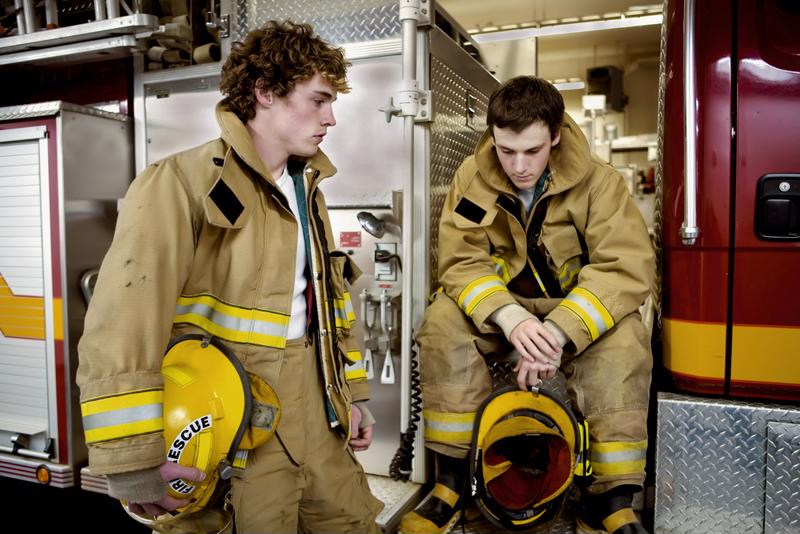With this year's tumultuous employment landscape and renewed emphasis on keeping communities strong, many people are looking for ways to step up and help out or are considering a new career. A promising opportunity to accomplish this could be employment as a first responder.
Recent data from the U.S. Bureau of Labor Statistics (BLS) shows that the number of first responder jobs is expected to grow significantly over the next decade. Collectively, analysts are forecasting roughly 77,900 new career opportunities for this sector, which includes firefighters, police officers, emergency medical technicians (EMTs) and paramedics.
Although local municipal budgets fluctuate with the times — which can impact the bottom line for these sectors — a career as a first responder remains a stable and in-demand job option. There will always be a need for those willing to bravely face emergencies and disasters.
Let's break down how the individual sectors are likely to fare by examining the BLS data with a bit more granularity.
Job outlook for EMTs and paramedics
Analysts forecast the number of EMT and paramedic jobs will grow by 17,000 across the U.S. between 2019 and 2029.
With 265,200 jobs as of 2019, this represents a 6% increase over the next decade. Although this might not seem like a big increase, this is faster than the 4% average growth rate across all occupations.
Emergencies like car crashes and natural disasters that require the skills of EMTs and paramedics aren't going to disappear any time soon. Simply put, these jobs are nearly indispensable.

To become an EMT or paramedic requires completion of a post-secondary educational program after high school. While this generally refers to college or university programs, it also covers trade schools and community colleges. Aspiring EMTs and paramedics must then obtain a state license, with the requirements varying from state to state.
Job outlook for firefighters
For firefighters, over the next decade the BLS expects that 20,300 jobs will be added to the current total, which was 335,500 in 2019. Like EMTs and paramedics, this would also account for a jump of 6%, which is faster than the national average.
Those interested in pursuing a career as a firefighter should understand how to go about doing so. While qualifications may vary from one jurisdiction to another, typically individuals need a high school diploma and emergency medical training. Once those requirements are met, the next step is to attend a fire academy to receive proper training and then successfully pass a written and physical test. In many locations, firefighters must also have EMT certification.
Job outlook for police officers
BLS data indicates that police and detective careers are also expected to increase substantially. The next decade should see 40,600 new police and detective jobs to add onto the 813,500 jobs in existence as of 2019. This would represent growth of 5%, which is slightly faster than average.
Continued need for public safety will drive this positive employment change in the coming decade; however, demand will vary by location.
To become a police officer, applicants typically need a high school diploma, although some jurisdictions require a college degree. Applicants must graduate from the local police academy and have on-the-job training before entering the police force.
As we can see, the occupational outlook for first responders remains positive and full of opportunities. Whether you're fresh out of high school or looking for a mid-career change, there will be significant demand for EMTs and paramedics, firefighters and police officers in the coming decade.


